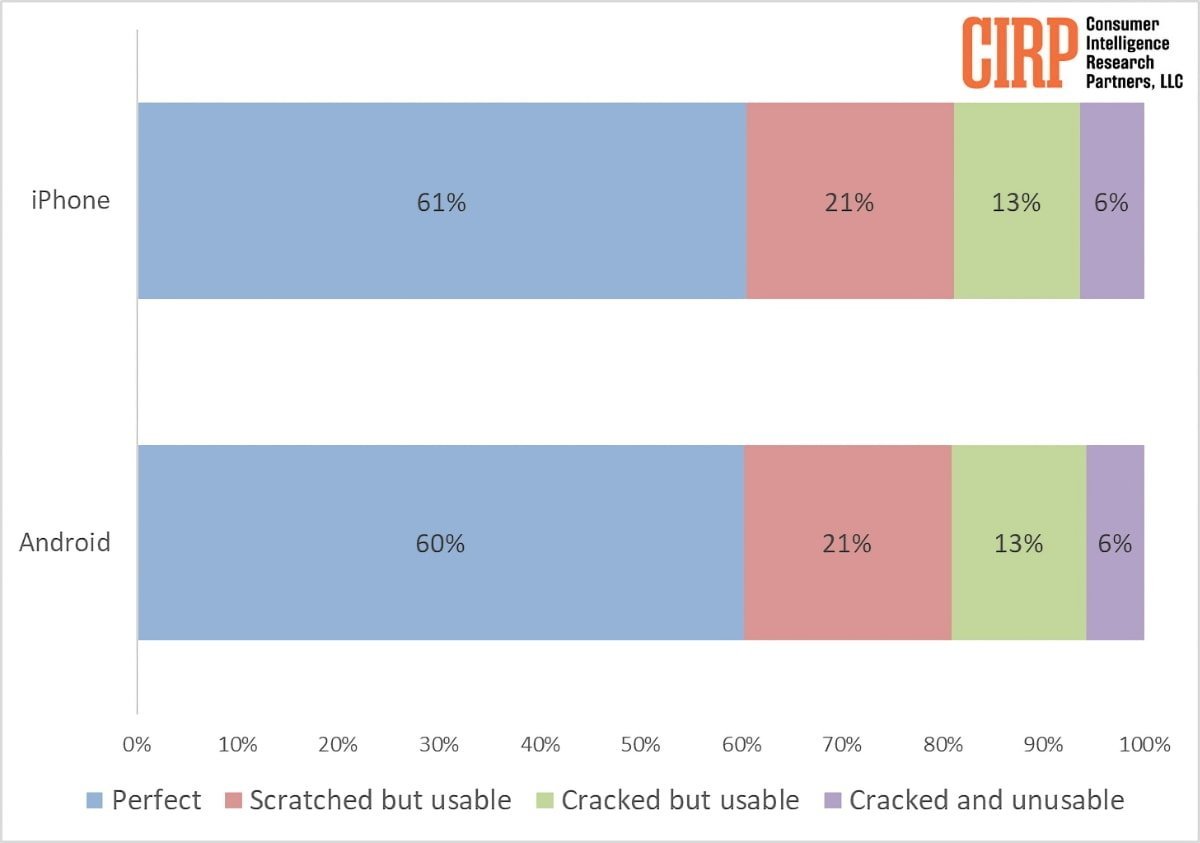A robotic machine to test repeated insertion and removal of a USB-C cord. Image credit: Jonathan Bell
Apple continues to open up its product durability testing to outsiders in an effort to let customers know how the company continues to balance design, durability, and repairability for the iPhone and other products.
In an effort to counter some video producers who deliberately damage and destroy iPhones and other Apple devices for clicks, the company invited some popular YouTubers who don’t engage in that practice, along with some industry research firms, to tour one of its testing facilities.
Counterpoint Research was one of the organizations invited to attend the most recent tour. While there are many factors behind the popularity of products like the iPhone, buyers who take care of their devices are often able to hand them down to other users when they upgrade.
The facilities Apple uses for testing recreates worst-case scenarios. including environmental factors, liquid/water, and drop testing. While it would be possible to design products that are even more resistant to damage, Apple and its competitors have to balance protection against weight, material cost, and many other factors.
“We witnessed salt exposure tests running for as long as 100 hours, high light intensity exposure, and exposure to dust from the Arizona desert to analyze what happens when fine sand particles enter the iPhone’s speakers or the charging port,” Counterpoint noted. Some tests in the case of AirPods also involved producing artificial versions of sweat and earwax.
Dropping, however, is one of the top three reasons why smartphones end up needing repairs. Protecting your mobile device with a case is one of the best ways to protect both the back and front glass, since most cases have a “lip” that helps prevents the front glass from being hit directly when dropped.
In order to further refine its testing procedures, Apple has developed a robot “that drops devices at different angles and even on different surfaces, including particle, granite and asphalt boards,” the company said. The company also subjects its products to vibration testing, and the results of all the tests are studied by Apple engineers.
Back in 2023, Consumer Intelligence Research Partners did a study on the “survivability” of both iPhone and Android devices. Over time,about 60 percent of both groups of owners reported their products were performing normally with no issues.
Another 21 percent reported some scratching, but the device was still usable. Thirteen percent reported cracks in the glass but were able to use them, while just six percent said their device was so damaged it was unusable.

CIRP averages for iPhone and Android durability. Image credit: CIRP
Counterpoint Research found that Apple was putting “a lot of effort behind the scenes” to improve iPhone and other product durability. “The end result is that iPhones retain 40 percent more value than Android devices in the refurbished smartphone market,” the company found, “and when this is married with at least five years of software and security upgrades, it leads to Apple products entering a second, or even third, life quite effortlessly.”
Apple’s other hardware offerings, Counterpoint found, showed similar performance and endurance metrics. The company said that this was one of the reasons iPhones command over 56 percent share in the global refurbished smartphone market.
Counterpoint said in its report that it was insightful to learn that durability and repairability factors can sometimes work against each other. Highly durable products may not necessarily be easier to repair, and easily-repairable devices can prove less durable.
“The sheer scale of the testing, with at least 10,000 iPhones rigorously tested before launch, speaks volumes about the depth and breadth of Apple’s quality assurance efforts,” Counterpoint noted.
Apple operates over 200 testing facilities for its products.